

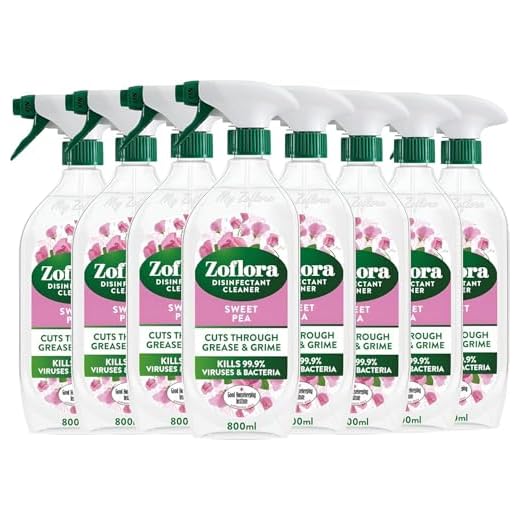
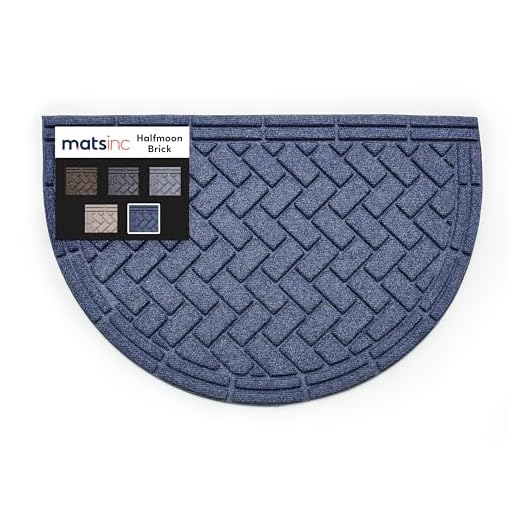
If you’re looking for a method to refresh your exterior stone surfaces that doesn’t involve using a high-powered cleaning device, consider a combination of warm water and a soft-bristle brush. This simple method allows you to tackle dirt and grime buildup effectively while being gentle on the material.
Start by mixing a solution of warm water with a mild detergent. It’s crucial to select a soap that won’t deteriorate the surface. Apply the mixture to sections of the walls using your brush, scrubbing in a circular motion to lift the stains. For more stubborn areas, let the solution sit for 10-15 minutes before rinsing with plain water.
After scrubbing, a thorough rinsing is paramount. Utilise a garden hose for a gentle stream of water, ensuring that all soap residue is washed away. Avoid directing a strong jet of water directly at the surface, as this can lead to potential damage or dislodging of mortar. To minimise water pooling, work from the top down, allowing runoff to carry dirt away.
For persistent stains or mildew, consider using a mixture of equal parts vinegar and water. This natural alternative can effectively break down tough marks without harsh chemicals. Apply the mixture, scrub with a brush, and follow with a rinse to see the difference.
Regular maintenance is key. By addressing issues promptly and employing these gentle yet effective strategies, the transformation of your masonry exteriors can continue without the need for specialty equipment. This approach not only preserves the integrity of the materials but also upholds the aesthetic appeal of your property.
Cleaning Techniques for Exterior Surfaces

Utilise a mixture of white vinegar and water for effective dirt and stain removal. Combine one part vinegar with one part water in a spray bottle for easy application. Spray the solution on the targeted area, allowing it to sit for 10-15 minutes before scrubbing with a stiff-bristled brush. This method is particularly useful for mildew and algae.
Another option involves using baking soda. Create a paste by mixing baking soda with water until it reaches a thick consistency. Apply the paste directly to stubborn stains or spots, leave it for an hour, then scrub and rinse thoroughly with water. The gentle abrasive nature of baking soda helps lift grime without damaging the surface.
For a more thorough approach, consider a commercial-grade cleaning solution designed for porous surfaces. Always follow the instructions on the label. Apply the cleaner with a sponge or cloth, and use a scrub brush to tackle tougher areas. Rinse the surface with clear water afterwards.
A detailed schedule can keep surfaces looking fresh. Inspect the outer surfaces every few months; this makes it easier to identify areas that need attention. Regular maintenance prevents the buildup of dirt, moss, and algae.
| Method | Ingredients | Instructions |
|---|---|---|
| Vinegar Solution | White vinegar, water | Mix, spray, wait 10-15 mins, scrub |
| Baking Soda Paste | Baking soda, water | Mix, apply to stains, leave 1 hour, scrub |
| Commercial Cleaner | Commercial cleaner | Apply, scrub, rinse with water |
Always test any solution on an inconspicuous area before applying it broadly. This helps to avoid unwanted discoloration or damage. Adopting these methods ensures surfaces remain clean and inviting, extending their lifespan significantly.
Assessing the Condition of Your Brick
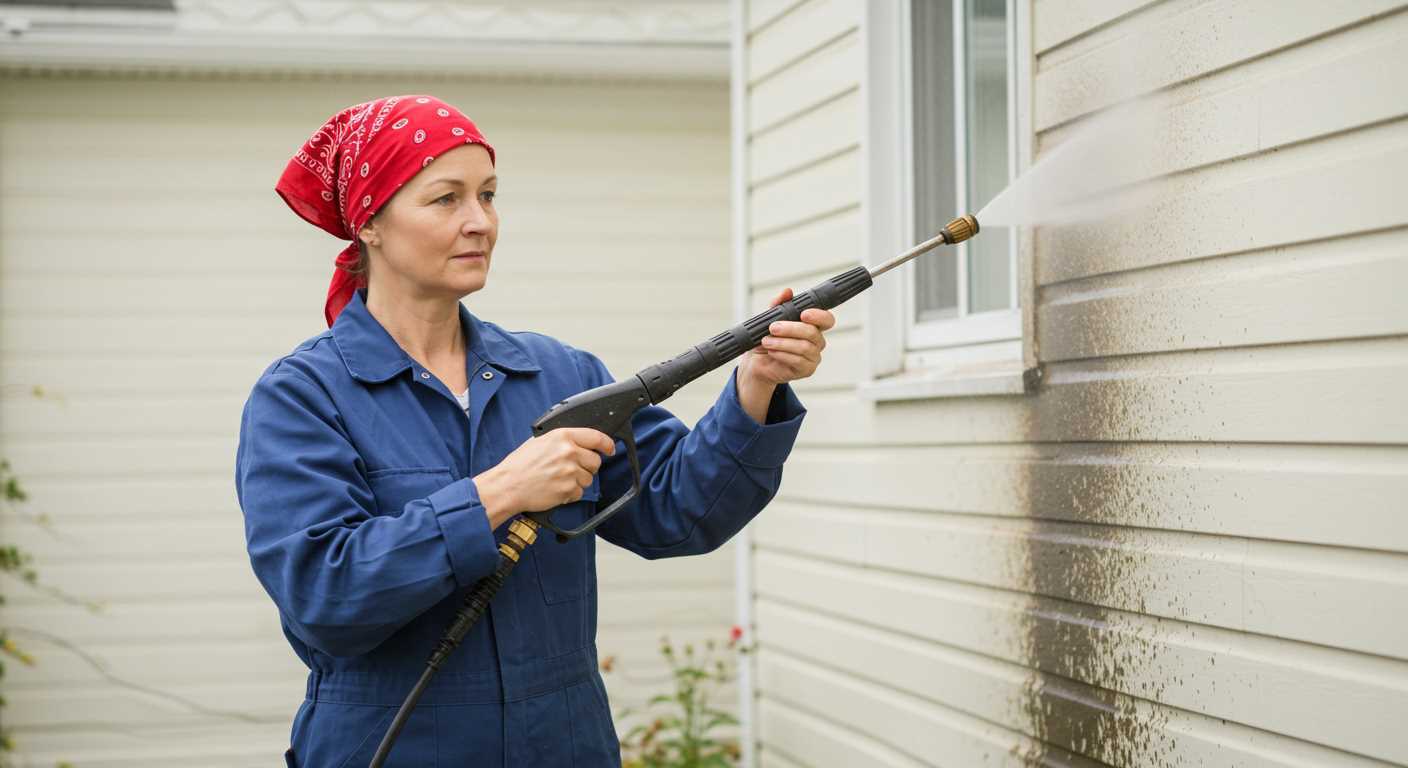
Examine the surface for any visible cracks, flaking, or crumbling. Such signs indicate potential weaknesses requiring prompt attention. Apply a simple water test: splash some water onto the surface; if it absorbs quickly, that may signal deterioration and the need for more intensive upkeep.
Check for Stains and Discolouration
Identify any persistent stains from mould, mildew, or mineral deposits. These imperfections not only affect appearance but can also suggest underlying moisture issues. Regular inspection helps prevent further degradation.
Inspect Mortar Joints
Examine the mortar joints between the blocks. If they appear eroded or missing, this could compromise the integrity of the entire structure. Minor repairs can be done easily; however, significant damage may necessitate professional assessment.
Be aware of efflorescence, a white, powdery substance on the surface, which results from salt deposits. While not immediately harmful, it can indicate moisture retention problems. Addressing these factors early ensures longevity and maintains aesthetics.
Gathering Necessary Cleaning Supplies
For a successful refresh of exterior surfaces, assembling the right tools and materials is imperative. Here’s what I found to be effective over the years:
Tools Required
- Broom or Brush: A stiff-bristled broom or brush is ideal for removing dirt and debris from the surface.
- Bucket: A standard bucket will be useful for mixing cleaning solutions or storing water.
- Scrub Pad: Non-abrasive scrub pads can help tackle tough stains without damaging the surface.
- Garden Hose: A reliable hose will provide the necessary water for rinsing off dirt after applying any cleaning solutions.
Cleansing Solutions
- Vinegar and Water: An eco-friendly option; a mixture of one part vinegar to three parts water treats mould and mildew efficiently.
- Baking Soda Paste: Combine baking soda with water to form a paste, great for heavy staining–apply it directly to the blemished spots.
- Commercial Cleaners: Non-corrosive, pH-balanced products specifically formulated for outdoor materials can yield impressive results. Always check labels for suitability.
- Soap: Standard dish soap, mixed with water, provides a gentle yet effective solution for regular grime.
Ensure you have all supplies on hand prior to commencing work; this will streamline the process and eliminate unnecessary interruptions. Investing in quality tools can significantly enhance the outcome and longevity of results.
Choosing the Right Cleaning Solution for Your Bricks
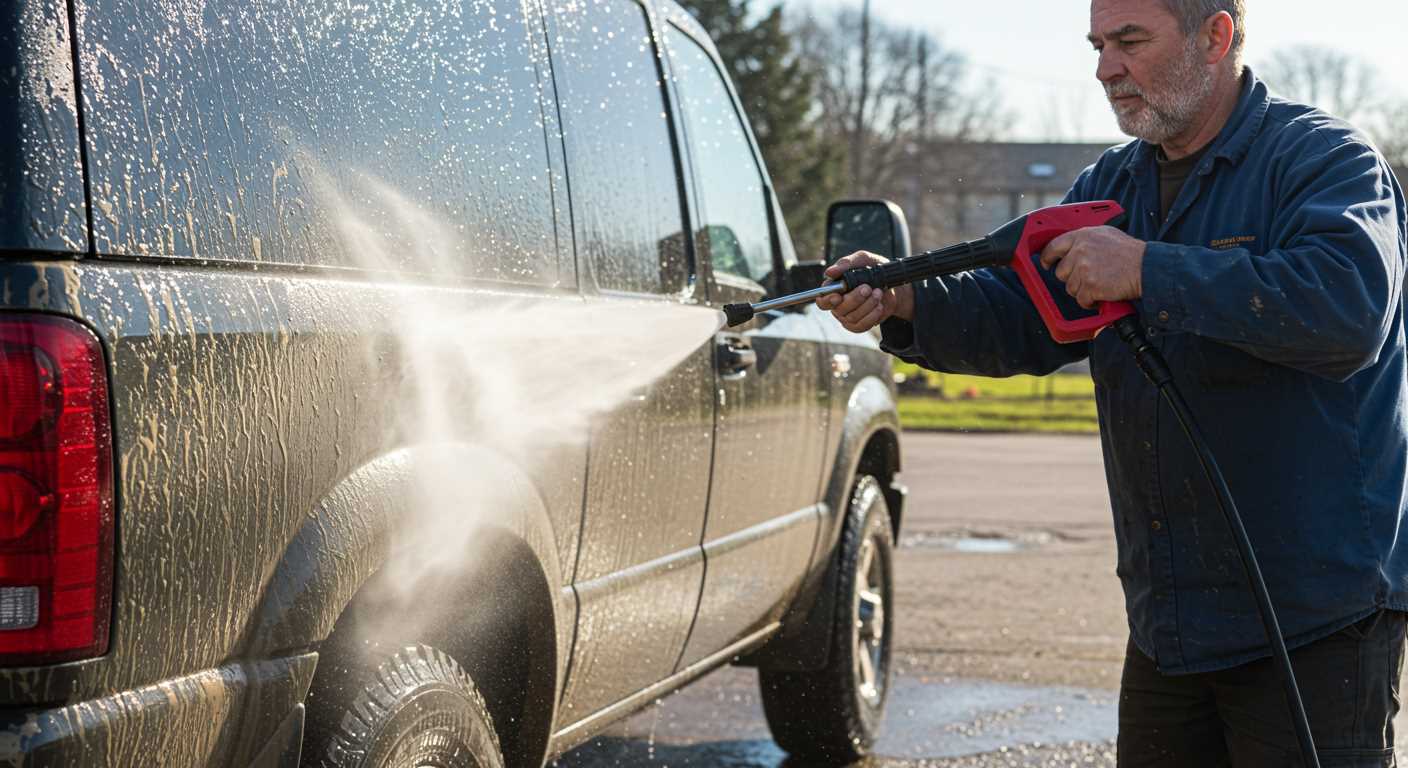
Select an appropriate cleaning agent based on the type of staining present on the surface. For greasy marks, a mixture of warm water and dish soap works effectively. Combine 1 gallon of water with a few drops of dish soap in a bucket, stirring gently to create suds.
If organic growth such as moss or algae is an issue, opt for a solution containing white vinegar. Mix equal parts of vinegar and water in a spray bottle, apply generously to the affected areas, and allow it to sit for around 30 minutes before scrubbing.
Mixing DIY Solutions
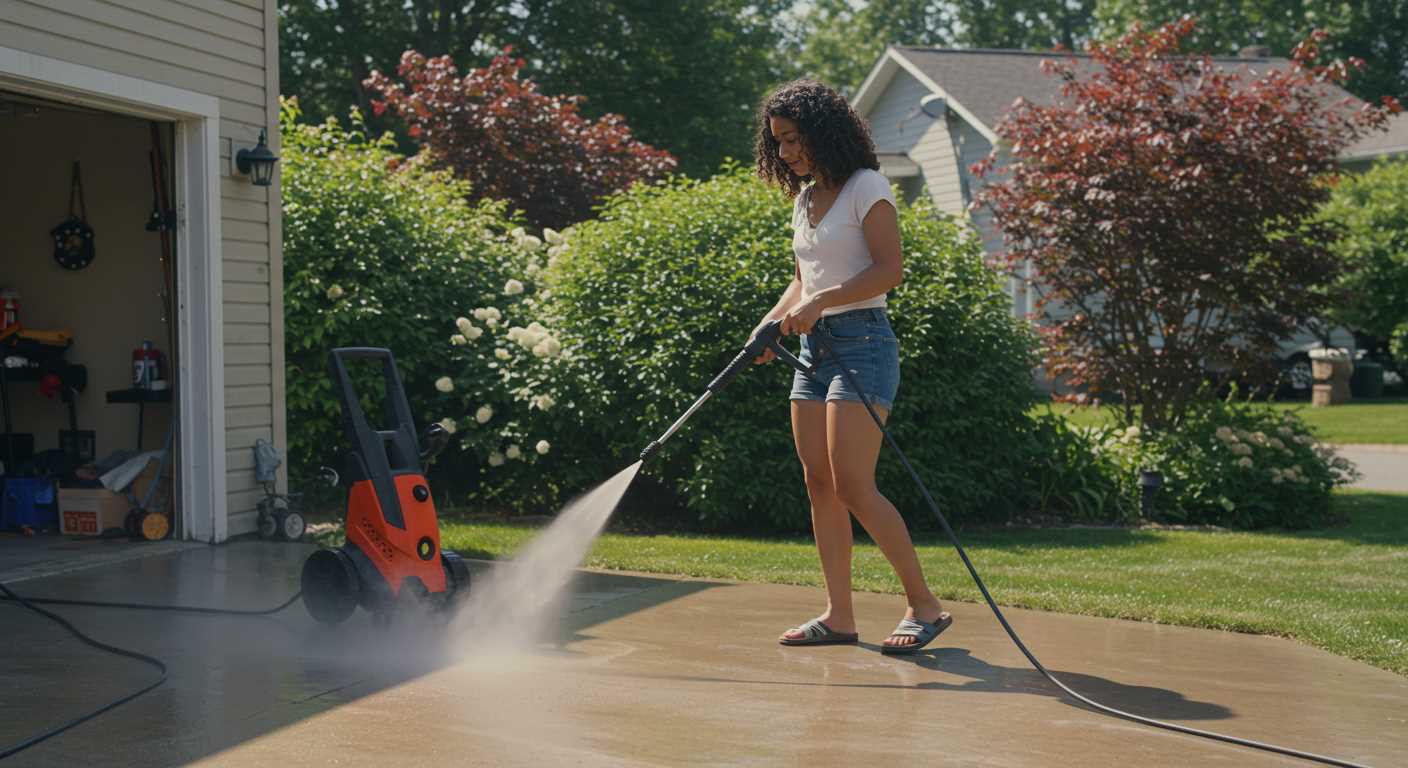
For soot or smoke residue, consider a paste made from baking soda and water. Combine 1 cup of baking soda with enough water to form a thick paste, then apply it directly to the soiled areas. Let it dry and then scrub away with a stiff brush.
Commercial Products
In cases of extreme staining, investigate specialty products designed for masonry surfaces. Look for ones that are pH neutral to prevent damage to the material. Always follow the manufacturer’s instructions for optimal results and effectiveness.
Preparing the Area for Cleaning
Begin by clearing the vicinity of any furniture, plants, or decorations that might be affected by the upcoming process. Remove any items that could obstruct your access to the surfaces needing attention. This ensures an unhindered workspace and prevents potential damage to your belongings.
Next, cover all nearby electrical outlets and fixtures with plastic sheeting or tape. This step is crucial to protect them from moisture and cleaning solutions. Additionally, it’s prudent to place drop cloths or tarps on the ground to catch drips and runoff, which helps in keeping the area tidy.
Assess the surrounding landscape, as splashes from cleaning can impact soil and vegetation. Water deeply the plants a few hours beforehand to minimise any unwanted chemical absorption. If possible, consider using a biodegradable cleaning solution to further reduce environmental impact.
Finally, take a moment to review the weather forecast. Opt for a dry day, avoiding periods of rain or strong winds that could thwart the process or scatter chemicals around. Preparing adequately paves the way for effective upkeep and maintenance of the exterior surfaces.
Applying the Cleaning Solution Safely
Before applying any mixture, ensure you wear gloves and goggles to protect your skin and eyes from irritation. Check the weather; avoid working in direct sunlight to prevent premature drying of the solution, which can lead to streaks.
Testing the Solution

Begin by testing your cleaning mixture on a small, inconspicuous area. This step will help to verify its effectiveness and determine if it causes any discolouration or damage. Wait 24 hours to observe the results before proceeding further.
Methodical Application
When ready, use a non-metal scrubbing brush or sponge to apply the solution evenly. Work in sections to ensure consistent coverage and allow the formula to penetrate the surface for around 10 to 15 minutes. Avoid over-saturating, as this can lead to potential water damage behind the façade.
Rinse thoroughly with clean water after the designated dwell time. A garden hose with a spray nozzle on a gentle setting works well for this purpose. Ensure all residues are washed away to avoid a sticky texture or residue on the surface.
Brushing Techniques for Thorough Cleaning
Start with a stiff-bristled brush for the initial scrubbing. Focus on one section at a time, applying firm pressure to dislodge dirt and grime.
Choosing the Right Brush
- Opt for a brush with synthetic bristles for durability.
- A brush with a long handle allows better reach without stretching.
- Consider a smaller brush for detailed areas, such as corners and around fixtures.
Methodical Approach
- Work from the top down to prevent re-soiling lower areas.
- Use circular motions to lift stubborn stains effectively.
- For tough spots, let the cleaning solution sit briefly before scrubbing.
After you’ve scrubbed each section, rinse it with a garden hose to remove debris. Keep a bucket of clean water nearby for rinsing the brush frequently, preventing the spread of dirt.
Repeat this process until the entire surface is addressed, ensuring you maintain even pressure across all areas for uniform results.
Rinsing and Finishing Touches After Cleaning
After applying the cleaning solution, it’s crucial to thoroughly rinse the surfaces to eliminate all residues. Use a garden hose fitted with a spray nozzle that offers a gentle yet effective flow. Start from the top of the wall and work your way down, ensuring that all areas are consistently covered.
While rinsing, pay special attention to corners, crevices, and any spots that tend to attract dirt and grime. Ensure the water flows freely, carrying away any leftover cleaning agents to prevent residue buildup.
Once rinsing is complete, examine the surface closely. Look for any remaining stains or discolouration. If you notice areas that may require additional attention, reapply the chosen cleaning mixture in those specific spots and repeat the scrubbing and rinsing process.
To finish, consider applying a brick sealant to enhance durability. This will protect the surface from future stains, making maintenance simpler. Follow the manufacturer’s instructions for application, and allow adequate drying time before exposure to moisture.
Finally, tidy up the surrounding area. Remove any debris or leftover materials from the cleaning process to leave your space looking pristine. This ensures a polished final result and adds to your satisfaction with the entire endeavour.








